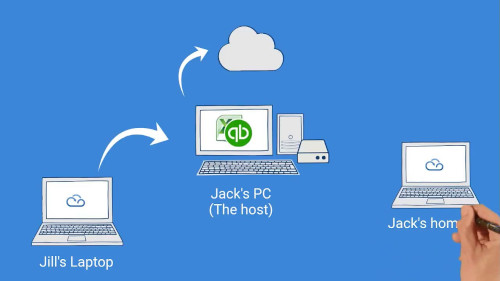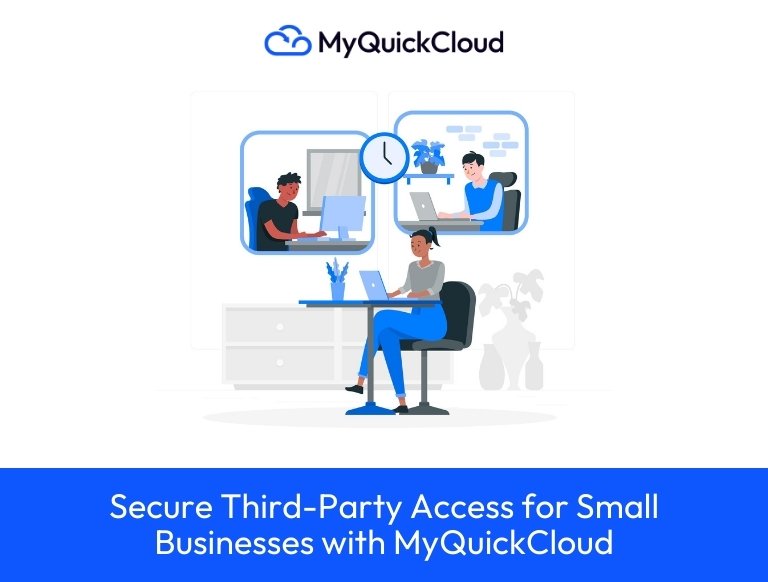Today, working from home is not just the new normal but also a way for business sustainability. Teams are expected to continue performing at the same level regardless of their location. And when it comes to remote work, a good internet connection isn’t everything. People have had to create space for home offices for them to separate work and personal lives. The management has had to work harder at ensuring their employee’s well-being and engagement.
So many challenges have come up and cross-team collaboration, productivity, and communication have become messy. Remote work adoption isn’t going to slow down thanks to the many benefits businesses have realized. Employees are also gravitating towards remote work opportunities. As a result, companies have to invest in tools and resources that empower employees to remain as productive as possible while working remotely.
We’ve compiled a list of essential tools for the optimal performance of your remote team. The list is segmented according to various remote use cases to enable you to see what your team needs most.
Asset Management Tools
- Remote Access and Remote Desktop
Employees need to be able to access company data and systems from their devices while they work remotely. Companies have to set up the infrastructure to do so. It’s the only way that work can go on. Remote access and remote desktop technologies ensure teams can access data in and out of the office and collaborate with each other in real-time.
Team managers can configure access permissions to their remote employees so they can only access the data they need. And it solves the security concerns of working remotely as it allows user-specific passwords, multi-factor authentication, and end-to-end data encryption, preventing unauthorized users from accessing company information.
It is a cloud storage solution that never disappoints. Well, other than their regular updates, it’s safe to say it’s very easy to use and secure. And most importantly it’s a free platform where you can organize all your business information and documents for easy and real-time team collaboration.
Dropbox and Dropbox Business come in handy when sharing large files. It’s very good in managing freelancers as they can drop their work in the required folder and message you when done.
Task and Project Management Tools
With Trello, one can create a dashboard showing all projects, team members assigned to the tasks, and the progress of the task. Basically, teams to track and monitor the progress of the assignments ensuring all deadlines are met.
This is another very easy to use project management tool that allows you to assign and track your employees’ work. You can also schedule meetings, arrange calendars, and store documents on the platform. It gives teams a birds-eye-view of everything that’s happening under one super-organized dashboard.
General Collaboration Tools
It’s one of the most budget-friendly collaboration platforms for small businesses. Teams can work together on Google Docs, Sheets, and Slides. It’s very easy to use as almost everyone has worked on Gmail. Plus you can organize your calendar too.
Microsoft Office Teams is a giant that let you download apps like Word, Outlook, PowerPoint, and Excel to work. But the icing on the cake is the communication platform. It allows you to communicate with team members on chat, email, or video calls. Teams can also create groups and have discussion forums where they can collaborate on different tasks. Basically, you can collaborate, manage, save, share, and edit documents in team folders.
Virtual Meeting Tools
It is one of the most popular video-conferencing tools in the market today. It allows teams to schedule, launch, and record meetings whether it’s on a computer or mobile phone. Companies no longer have to stress over morning hurdles and training sessions with teams in different parts of the world.
When it comes to webinars and training, GoToMeeting is the go-to platform. It allows users to not only host live webinars but also pre-recorded ones and share screens and whiteboards while at it. Plus, you can have several hosts chairing a meeting/webinar with hundreds of attendees.
We can’t fail to mention our good old Google. Hangouts is a free virtual meeting solution that allows you to screen share presentations and even record them. Plus it’s very convenient for Gmail and Google Calendar users.
Are you managing a team of designers? Well, Adobe Creative Cloud is one heck of a platform to store your data. It allows teams to use programs like Photoshop, Illustrator, and InDesign to create visual assets and store them for updates or edits by team members.
Internal Documentation and Announcement Tools
Do you have those moments that you don’t want to book a meeting to make a presentation but you need to communicate? Loom provides a solution for you. You or your team can use it to record presentations or voice announcements and attach the link on an email or any chat tool you use. That way your message easily circulates to all intended parties and they get it play-by-play.
This platform acts as your team manager. It stores all your internal blogs, best practices, plans, notes, documents, and product requirements. Your employees can go search for whatever they need guidance on.
Decision-Making Tools
You need help making a decision that pertains to your team? Doodle will help you get all the opinions on the subject matter. It’s a polling platform that lets you ask your employees a question and they vote on it. For instance, you can have a meeting time pole to figure out the best time for your remote workers to meet.
Sometimes you don’t need to call meetings to make an informed decision on a subject. You can use this platform to create a survey and send it to your remote employees via the communication channel you use.
We hope the above resources will help your employees be more productive than they are in the office.





